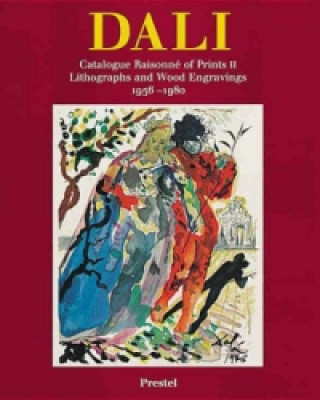
Code: 05042709
Catalogue Raisonne of Prints II
by Salvador Dalí
Salvador Dali, who was born in Figueras in Catalonia in 1904 and died there 85 years later, was one of the most important of the Surrealists. Simultaneously a painter, writer, filmmaker and, above all, a showman, the artist create ... more
- Language:
 English
English - Binding: Hardback
- Number of pages: 192
Publisher: Prestel, 1995
- More about this

You might also like
-
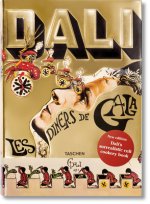
Dali. Les diners de Gala
231.59 zł -23 % -

Catalogue Raisonné
104.15 zł -
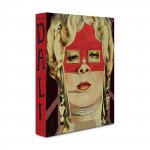
Salvador Dali: The Impossible Collection
5221.15 zł -
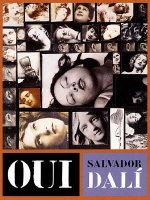
Oui
69.30 zł -6 % -

Pablo Picasso
198.26 zł -

Welsh Language in the Digital Age
285.78 zł -

Appeasing Hitler
564.63 zł
Availability alert
Enter your e-mail address and once book will be available,
we will send you a message. It's that simple.
More about Catalogue Raisonne of Prints II
 Book synopsis
Book synopsis
Salvador Dali, who was born in Figueras in Catalonia in 1904 and died there 85 years later, was one of the most important of the Surrealists. Simultaneously a painter, writer, filmmaker and, above all, a showman, the artist created an enormous wealth of material by means of his versatile talents. With his self-dramatization and skilful establishment of his own personality as a work of art, he was a model for many other 20th-century artists. In their acknowledgements to "Salvador Dali: Catalogue Raisonne of Prints I - Etchings and Mixed-Media Prints, 1924-1980", published in 1993, authors Ralf Michier and Lutz W. Loepsinger thanked Robert Descharnes, Dali's personal secretary of many years, for "protecting us from the small band of interested parties who tried to obstruct our research, even into forgeries, by means of intimidation, threats of litigation, and intrigue." Although Dali produced far fewer lithographs and wood engravings than etchings and mixed-media graphics, the problems encountered by the authors for this second volume were in no way diminished, as once again there exist a large number of forgeries that were made on signed sheets of blank paper. This title illustrates the total output of this bizarre period of the artist's life. Until 1956, Dali rejected lithography as an artistic medium. He considered the technique "weak and bureaucratic". It was only the insistence of the publisher Josef Foret that led him to become more involved, in a predictably unconventional fashion, however. He worked on stone, both on the Paris streets and in his garden in Cadaques. Light bulbs filled with lithographic ink were smashed against stone, or ink-filled bullets were fired at printing plates from antique rifles or crossbows to produce the first tachist graphics in history.
 Book details
Book details
Book category Books in English The arts History of art / art & design styles History of art & design styles: from c 1900 -
- Full title: Catalogue Raisonne of Prints II
- Subtitle: Lithographs and Wood Engravings, 1956-80
- Author: Salvador Dalí
- Language:
 English
English - Binding: Hardback
- Number of pages: 192
- EAN: 9783791316024
- ID: 05042709
- Publisher: Prestel
- Weight: 1418 g
- Dimensions: 297 × 241 × 23 mm
- Date of publishing: 19. October 1995
Trending among others
-

Dark Souls III: Design Works
205.70 zł -4 % -

Dark Souls: Design Works
165.70 zł -4 % -

Bauhaus
62.45 zł -5 % -

Dark Souls II: Design Works
205.70 zł -4 % -

Palette Perfect
102.14 zł -4 % -
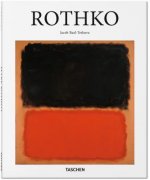
Rothko
62.45 zł -5 % -

Kay Nielsen. East of the Sun and West of the Moon
85.82 zł -4 % -

Why You Better Call Saul
85.52 zł -4 % -

Breaking the Rules of Watercolour
93.17 zł -23 % -
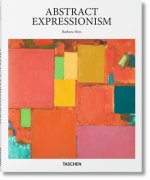
Abstract Expressionism
70.41 zł -23 % -
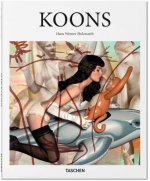
Koons
80.38 zł -
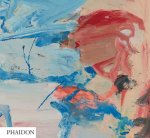
A Way of Living: The Art of Willem de Kooning
275.01 zł -4 % -

Neo Rauch: At the Well
172.86 zł -

Andy Warhol 'Giant' Size
555.16 zł -

Nanduti, Lace of Paraguay
125.61 zł -
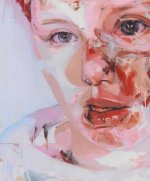
Jenny Saville
528.76 zł -23 % -
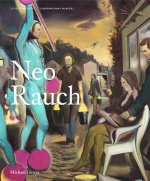
Neo Rauch
270.57 zł -9 % -
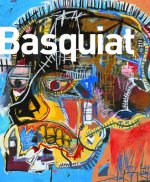
Basquiat
105.36 zł -4 % -
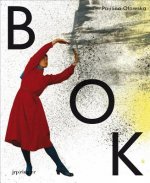
Paulina Olowska
104.15 zł -19 % -
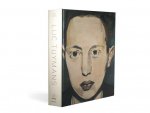
Luc Tuymans: Intolerance
389.55 zł -

Albert Oehlen
300.39 zł -5 % -
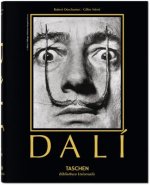
Dali. The Paintings
82.39 zł -4 % -

Final Fantasy Ultimania Archive Volume 1
165.70 zł -4 % -
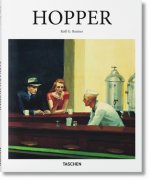
Hopper
57.11 zł -37 % -
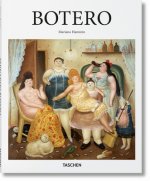
Botero
65.07 zł -34 % -

Botanicals
68.29 zł -23 % -

August Sander: Face of Our Time
41.39 zł -7 % -

The Art of Horizon Zero Dawn
137.50 zł -14 % -

Cats Galore
105.56 zł -4 % -

Art of Atari
165.70 zł -4 % -
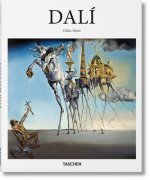
Dali
70.41 zł -23 % -

The Art of Loish
145.56 zł -5 % -
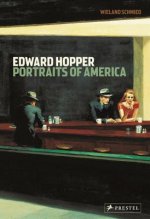
Edward Hopper
51.87 zł -23 % -

Art of John Harris: Beyond the Horizon
116.24 zł -23 % -
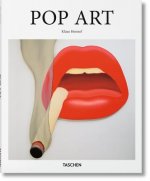
Pop Art
70.41 zł -23 % -

Gio Ponti
42.10 zł -46 % -

Infinity Net
88.94 zł -10 % -
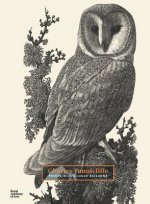
Charles Tunnicliffe
179.61 zł -14 % -
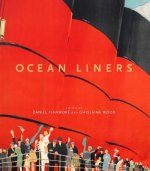
Ocean Liners
156.74 zł -34 % -
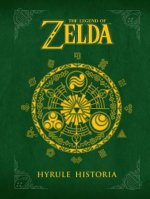
The Legend of Zelda: Hyrule Historia
165.70 zł -4 % -

David Hockney's Dog Days
47.34 zł -23 % -
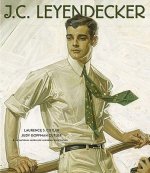
J. C. Leyendecker: American Imagist
207.91 zł -23 % -

Sketchbook of Loish
145.56 zł -5 % -
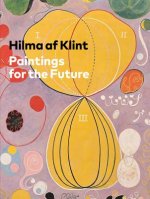
Hilma af Klint
265.74 zł -4 % -

Andrzej Wroblewski
216.17 zł -1 % -
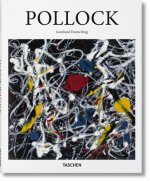
Pollock
70.41 zł -23 % -

Berlin in the 1920s
53.08 zł -19 % -

Egon Schiele
70.41 zł -23 % -
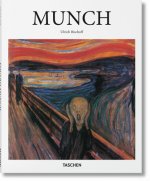
Munch
62.45 zł -5 %
safisfied customers
Since 2008, we have served long line of book lovers, but each of them was always on the first place.
Copyright! ©2008-24 libristo.pl All rights reservedPrivacyPoučení o cookies



 21 million books
21 million books Delivery 12.99 zł
Delivery 12.99 zł (32) 444 93 66 (8-15.30h)
(32) 444 93 66 (8-15.30h)